Video MGMT System
 Access Control
Access Control
Voice & Data Wiring
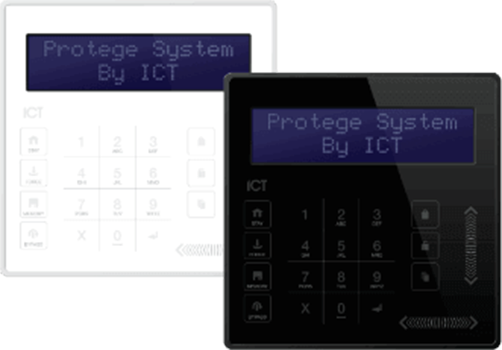 Burglar Alarm
Burglar Alarm
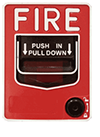 Fire Alarm
Fire Alarm
Video MGMT System
Voice & Data Wiring
Analog cameras are used in older surveillance systems. They capture non-digital video streams and transmit them, usually over coax cables, to Digital Video Recorders (DVRs) or video management systems (VMSs) for monitoring, storage, and analysis.
Analog surveillance systems usually store video data in DVRs, whereas modern IP (Internet Protocol) security camera systems usually store video data in Network Video Recorders (NVRs).
Analog video data stored on DVRs can be accessed via on-site network-connected interfaces. IP camera NVRs, on the other hand, include app interfaces that provide remote access to IP camera footage from anywhere with an Internet connection.
An analog security camera is typically installed using RG59 or RG6 coaxial cable. RG6 cables can transmit data over greater distances without any loss in the video signal, but they are thicker and more rigid than the RG59s.
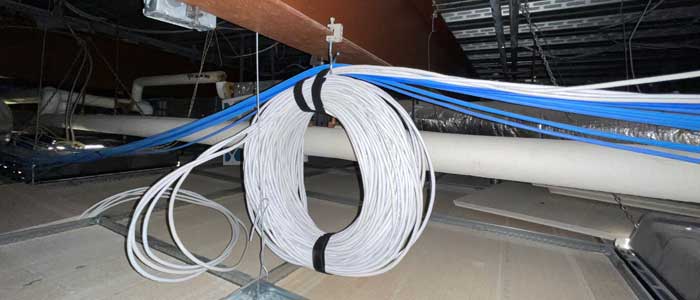
As a result, RG6 cables are difficult to work with when rounding corners is necessary for the installation process.
CAT5 cables can also be used in an analog CCTV installation if video balun converters are employed. Baluns are connector devices that turn unbalanced analog signals into balanced ones that can be transmitted using UTP cables, such as CAT5s.
The cost and ease of use of analog security cameras make them a logical choice for small-scale and personal usage scenarios.
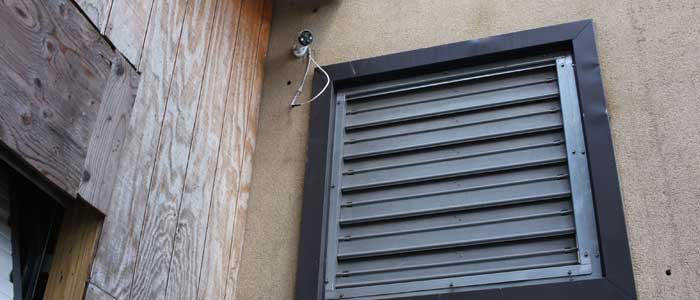
When existing wiring is in good condition, an analog CCTV system can be installed using this infrastructure. In cases where the wiring is faulty, it may make more sense to replace it with new cabling and digital cameras.
Our experienced team will review your current situation and recommend the optimal method of implementing your security camera system.
There are three methods of connecting an analog system to a modern security system comprised of digital cameras.
Upgrading to a VMS provides enhanced functionality to your surveillance system. This can be an expensive option that requires the use of an encoder to convert analog signals to digital signals that are transmitted to a VMS server running on your computer network.
A DVR can be used to facilitate an inexpensive method of integrating analog and digital cameras into a unified surveillance system. The DVR acts as an encoder and forwards the information captured by the analog devices to the digital devices' NVR.
Sufficient channels must be available in the NVR to handle the data streams. The resulting system enables all video feeds to be accessible from a single console.
You can also choose to deploy two recording devices, one for the existing analog cameras and one for the newly installed digital devices. This method can complicate operations, as each system must be accessed separately.
Analog cameras are available in a wide variety of form factors, each filling a different security niche. Depending on your needs, one form factor may be more suitable than another, so it's important to understand the advantages and disadvantages of various models.
The following are the most common form factors you are likely to find when constructing security camera systems.
Bullet cameras are shaped like small cylinders resembling a bullet. They are easily mounted on walls and ceilings but only capture video from a single field of view.

Some models of bullet cameras have adjustable mounts that allow them to swivel to point in a different direction. These types of cameras are factory-sealed to protect them from the elements when used outside.
Dome CCTV cameras are extremely versatile and have become one of the most widely used types of devices in the security field. The cameras have a discreet appearance and are often mounted with a tinted dome, which makes it difficult to tell the direction the lens is pointed.
The lens can be moved freely inside the device, making it easy to aim. Most models are reinforced to protect against vandalism.
IR reflection, which can cause a fuzzy image, is controlled by a foam ring located between the lens and the dome.
Exposure to heat and cold experienced by dome cameras installed outside can cause the ring to fail. Another potential installation issue is that the domes are not sealed. Water can get into the device as it freezes and thaws, causing the camera to break.
Dome cameras need to be installed upside down when outside to avoid this problem.
Pan, Tilt, and Zoom cameras resemble dome models but offer enhanced functionality. The range of motion can be controlled so a large area can be monitored. PTZ cameras offer an inexpensive method of monitoring a large space using a single device.
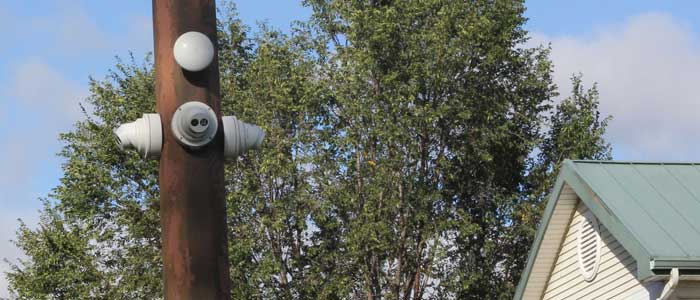
Turret cameras are essentially dome cameras that have been factory-sealed for more effective use outside. While they are more reliable than dome cameras, it can be challenging to aim these devices correctly.
Night vision cameras use infrared technology to turn out high-quality images in very dark conditions. The cameras switch modes to provide protection during the day or night.
The lower prices of analog cameras usually mean they are not equipped with cutting-edge infrared technology, but they produce the necessary results when used in a surveillance system.
Selecting the type of security camera system that's right for your business can be challenging. The following overview of the differences between analog and IP cameras can help you make the right decision.
Following are the advantages and disadvantages of using IP cameras when planning a security system.
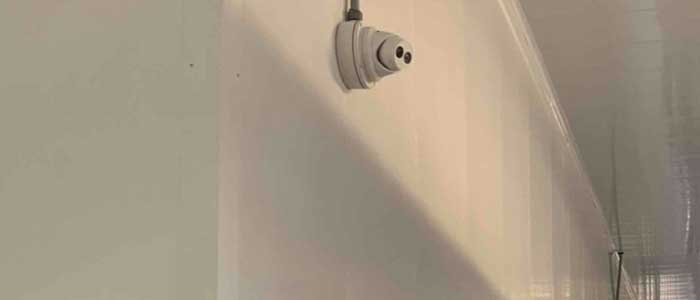
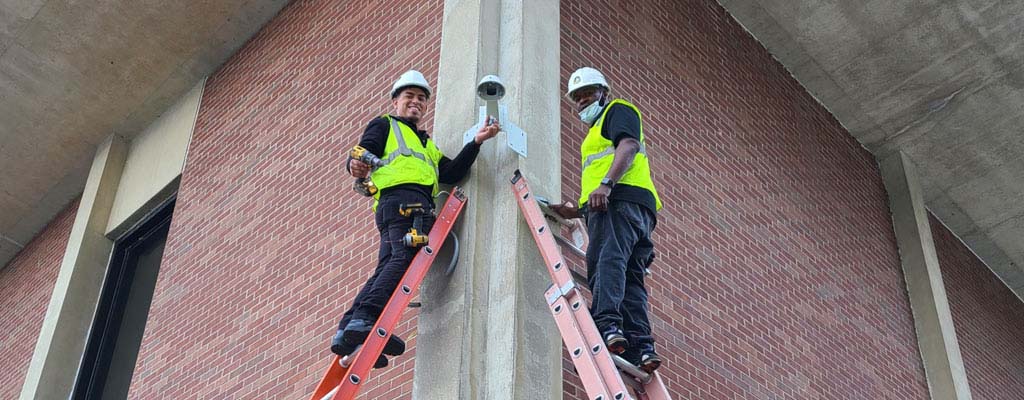
Whichever type of security camera you decide to implement, it's important to work with an experienced company that has a track record of successfully installing and servicing its systems.
A reputable security company like Mammoth Security will work with you to determine the best way to address your concerns and design a system that keeps you and your property safe. Fill out the form at the bottom of this page, and we'll reach out to set up a free, zero-obligation, on-site assessment with a friendly member of our team.
NOT COMPLETELY SURE?
860-748-4292